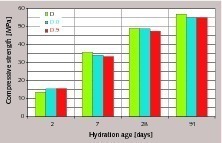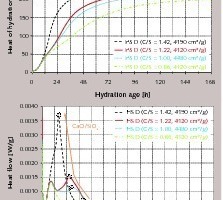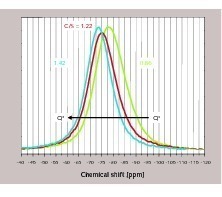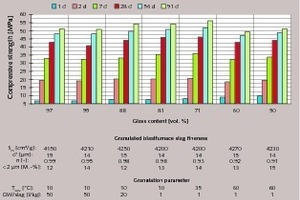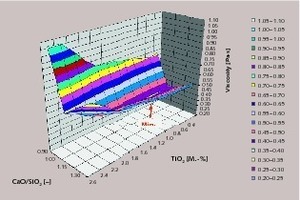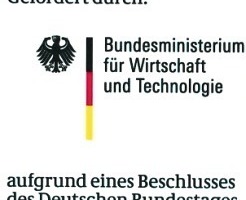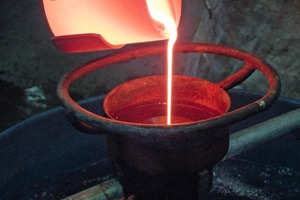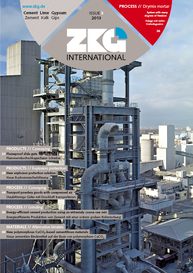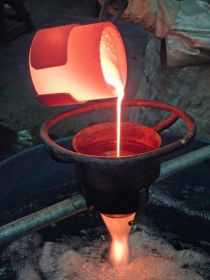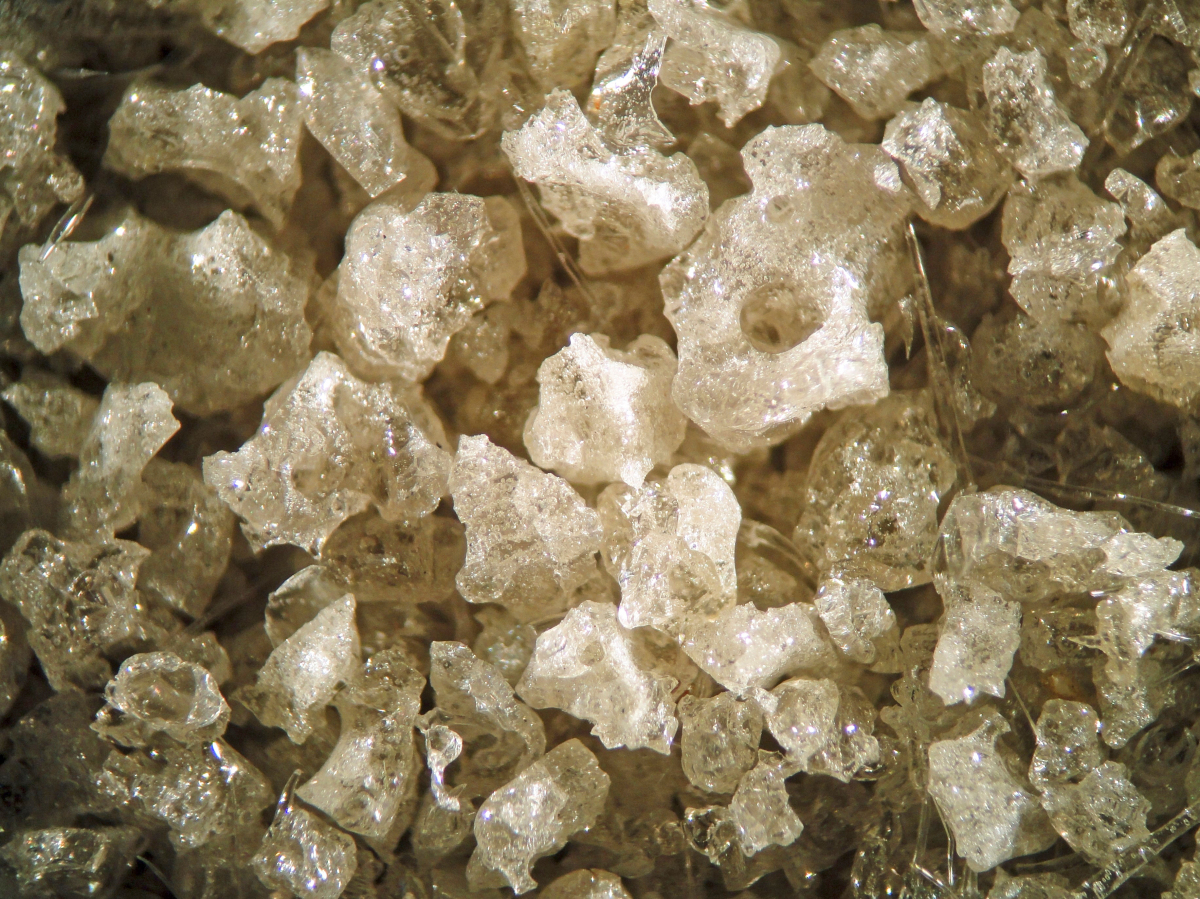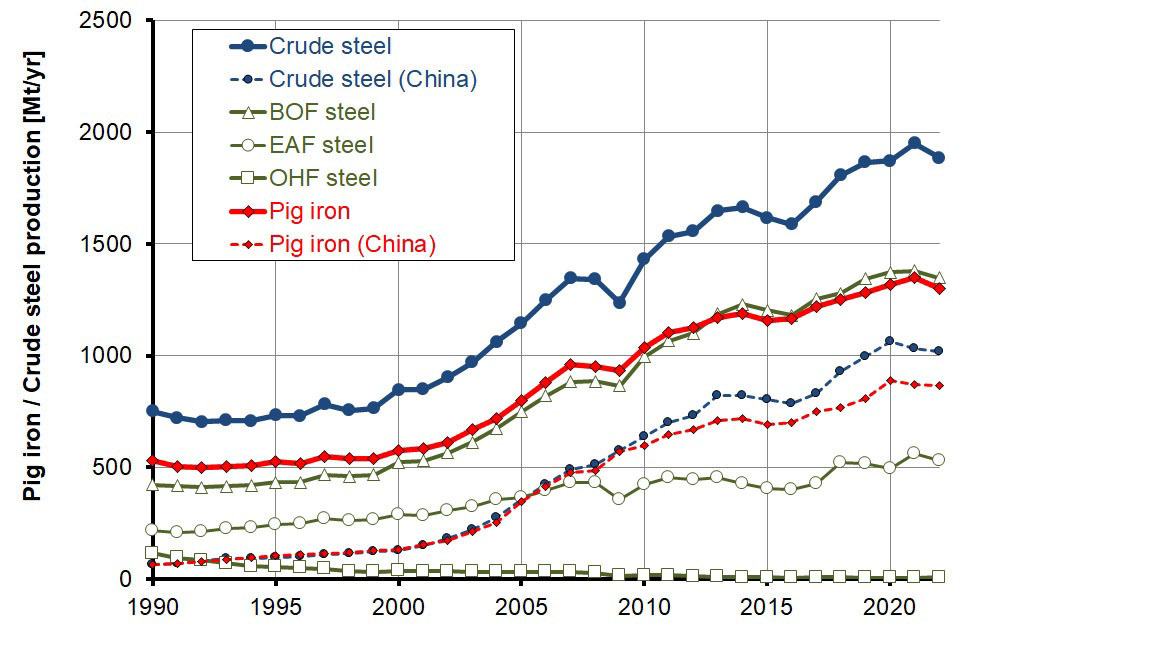Influence of the granulation conditions and performance potential of granulated blastfurnace slag – Part 2: Chemistry and physical properties
Laboratory granulation is highly suitable as a means of demonstrating both the influence of different chemical compositions of granulated blastfurnace slag on its reactivity and the influence of different granulation conditions on the physical properties of granulated blastfurnace slag. The second part of this article deals with the chemistry.

